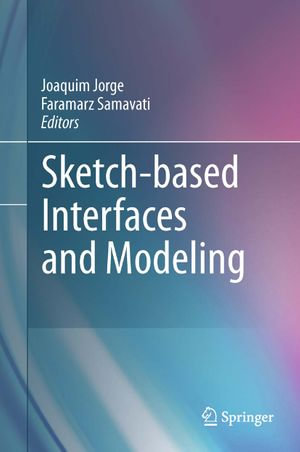
Sketch-based Interfaces and Modeling
By: Joaquim Jorge, Faramarz Samavati
eText | 15 December 2010 | Edition Number 1
At a Glance
eText
$239.00
or
Instant online reading in your Booktopia eTextbook Library *
Why choose an eTextbook?
Instant Access *
Purchase and read your book immediately
Read Aloud
Listen and follow along as Bookshelf reads to you
Study Tools
Built-in study tools like highlights and more
* eTextbooks are not downloadable to your eReader or an app and can be accessed via web browsers only. You must be connected to the internet and have no technical issues with your device or browser that could prevent the eTextbook from operating.
ISBN: 9781848828124
ISBN-10: 1848828128
Published: 15th December 2010
Format: ePUB
Language: English
Publisher: Springer Nature
Edition Number: 1
You Can Find This eBook In
This product is categorised by
- Non-FictionComputing & I.T.Graphical & Digital Media Applications
- Non-FictionComputing & I.T.Computer ScienceArtificial IntelligenceComputer Vision
- Non-FictionComputing & I.T.Operating Systems
- Non-FictionComputing & I.T.Computer ScienceHuman-Computer InteractionUser Interface Design & Usability
- Non-FictionComputing & I.T.Computer ScienceImage Processing
- Non-FictionComputing & I.T.Computer ScienceHuman-Computer Interaction
























